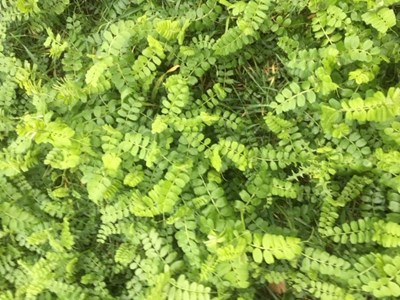In particular, the use of cover crops can improve the range of soil aggregate sizes (particularly soils with higher clay content) and reduce penetration resistance (therefore potentially lessen the impact of soil compaction). Cover crops can also help to dry soils.
Some of the effects of different cover crop species on soil characteristics were demonstrated in a commercial cover crop strip trial on a light sandy loam soil in Suffolk. If you are considering planting a cover crop make sure you know what you want to achieve. For example, different rooting structures will impact differently on the soil. Cover crops with cereal root systems are the best choice for improving aggregate structure. The use of cover crops to reduce beet cyst nematode is practiced but BBRO is still evaluating this approach. Make sure you are using a BCN resistant species.
There have been some positive effects of cover crops measured in following sugar beet crops, but this is not always the case, possibly due to other soil and weather conditions overriding the benefits. The effect of using a single cover crop in one autumn of a crop rotation is likely to have less impact than the use of multiple cover crops across the rotation and/or where reduced tillage operations are used. It is important to recognise that the value of cover crop use, is to incorporate as part of a wider system of soil management.
Some field experiments have found that on sandy loam soils, no benefit of cover crops were observed but in 2018, during drought conditions, there appeared to be some benefit of cover crops to sugar beet canopy resilience which suggested better access to water during the limiting conditions on both sandy soils and clay soils.
Research on cover crops is on-going but early results have led to the following initial conclusions:
- Single and double species mixes – work well in most situations
- Multi-mix – no advantage observed
- Early drilling – rapid production of cover crop biomass is important for optimum effect
- Higher seed rates – especially in dry conditions and later-drilled cover crops
- Inclusion of legumes (vetch/clovers) can give higher SMN (with organic matter) which may allow for reduction in applied nitrogen
- Cover crops increase earthworm numbers in the soil
- Thorough and timely cover crop destruction is key to minimising nitrogen ‘lock up’, allowing soils to dry and removing them to prevent a green-bridge for pests and diseases from the cover crop to the sugar beet crop. The use of grazing to remove cover crops is very effective
- Destroying cover crops at least 5-6 weeks ahead of drilling sugar beet is a general recommendation




